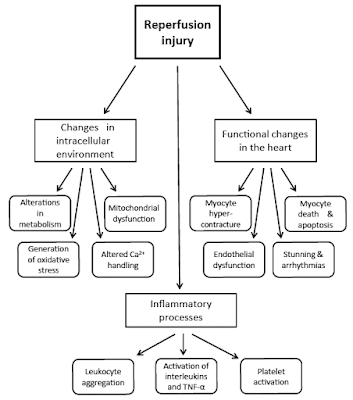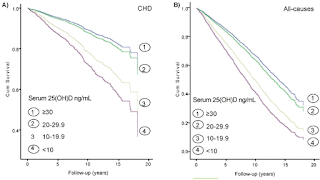Article Information
Article Type: Review Article
Citation: Sabarudin A (2015) Prospective ECGtriggering Coronary CT Angiography (CCTA): How Safe is this Procedure? J Hear Health, Volume1.1: http://dx.doi.org/10.16966/jhh.104
Copyright: © 2015 Sabarudin A. This is an open-access article distributed under the terms of the Creative Commons Attribution License, which permits unrestricted use, distribution, and reproduction in any medium, provided the original author and source are credited.
Publication history:
Received date: 12 March, 2015
Accepted date: 24 March, 2015
Published date: 28 March 2015
Authors :
Akmal Sabarudin : Diagnostic Imaging & Radiotherapy Programme, School of Diagnostic and Applied Health Sciences, Faculty of Health Sciences, University Kebangsaan Malaysia, 50300, Kuala Lumpur, Malaysia
Corresponding author: Dr. Akmal Sabarudin, Diagnostic Imaging & Radiotherapy Programme, School of Diagnostic and Applied Health Sciences, Faculty of Health Sciences, University Kebangsaan Malaysia, 50300, Kuala Lumpur, Malaysia, Tel: 603-9289 7641; Fax: 603-2692 9032; E- mail: akmal.sabarudin@ukm.edu.my
Abstract
With the rapid development of CT technology, the procedure of Coronary CT Angiography (CCTA) has been increasingly used and widely available for the diagnosis of Coronary Artery Disease (CAD). Other than having its advantages to improve the sensitivity and specificity in the detection of CAD, CCTA also associated with high radiation dose. Several dose-reduction strategies have been introduced to reduce radiation dose during CT procedure. However, one of the technique, namely prospective ECG-triggering CCTA provides tremendous radiation dose reduction to patient. Therefore, this article provides information on the prospective ECG-triggering technique and how it can further reduce the radiation dose to patient.
Keywords|
Coronary CT angiography; Coronary artery disease; Electro Cardiogram (ECG)
Figure 1: Variations in CCTA scanning techniques produced different radiation dose. In standard retrospective gating, the tube current is constantly ‘on’ throughout the acquisition produces high radiation dose while in prospective ECG-triggering, the exposure is ‘on’ at the selective cardiac phase (diastolic phase) for a short period resulting low radiation dose production.Read Full Article :
Here





